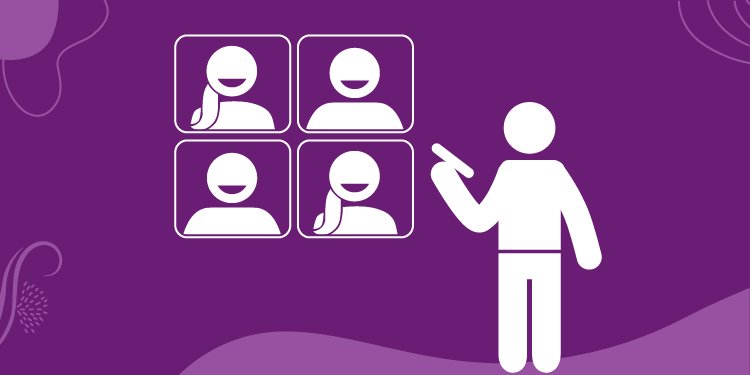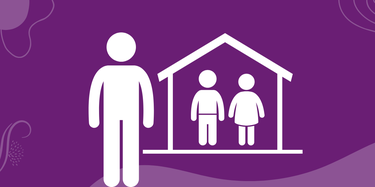TIPS FOR TEENAGERS ON KEEPING EMOTIONAL BALANCE
Emergencies can bring a lot of difficult emotions. You may feel stressed and overwhelmed by everything that is happening around you. It can be difficult to deal with these feelings, to communicate them to others, and to ask for help.
Remember, it is normal to feel intense emotions during a crisis. It is important to recognize and accept the emotions we are experiencing, and to take time to think about how to manage and respond to them.
Here are some ideas to help you cope:
Look after your body and your mind.
Try to stay physically active (e.g. going for a walk if it is safe to do so, doing some stretches, following exercise videos online), to eat well, and to get a healthy amount of sleep (too little or too much will make it difficult to have the energy and mental focus you need).
As much as you can, try to keep your usual routines, such as regular meal times and bed times.
Write your feelings down.
Writing your feelings down can help you to feel less overwhelmed. Try writing «I feel …. right now» or keeping a diary to help you think through what you are experiencing.
Problem solve.
When you are going through a difficult time, it can be helpful to divide problems into two categories: «Things I can do something about», and «Things I can not do anything about». In an emergency, there will be a lot of things you cannot control, but you might also find that there are some problems you can address. For each of these problems, try to define the problem in the simplest way possible, make a list of possible solutions, list the good and bad things about each solution, pick one to try. Sometimes you may need to try more than one solution. Remember, you do not need to solve all your problems at once.
Be kind to yourself.
There are no «right» or «wrong» emotions. Try to be patient with how you are feeling. Putting pressure on yourself to always «be happy» or «stay positive» can actually make you feel worse. If you notice you are experiencing difficult emotions, try telling yourself: «I feel worried and scared, but that does not mean I am not coping», «I am having a tough time, it's okay to be upset».
Talk to an adult you trust.
Let someone know how you are feeling. Sometimes just connecting with someone else can make you feel better and less alone.
Connect with friends and loved ones.
Find new ways to connect with your friends and loved ones. If you can contact your friends online using social media, for example, work out a screen-time schedule with your caregivers.
Keep busy and help others.
Staying active and finding new ways to spend your time can help you cope with strong emotions. Some people find it helpful to keep busy by doing translations, using technology to search for information (e.g. on services available) and to disseminate it. If it is safe to do so you can do volunteer work. Helping other people cope with the emergency can also help you to feel better. Practical ways to help could be supporting with childcare, helping older people, organizing a clean-up, writing letters to decision-makers, starting fundraisers, or creating campaigns to draw attention to things that matter to you. These activities can also provide opportunities to make new friends and support each other.
Control how much time you spend looking at news and social media.
Social media can be a great way to stay connected to friends and family. However, constant news and images from the emergency can increase your stress, make you feel overwhelmed, and distract you from positive things you can do offline. Try not to look at social media right before you go to bed, as this can make it more difficult to sleep. Turning off notifications from certain apps can also help.
You can also use relaxation exercises when you are feeling stressed or anxious.
Your breathing affects your whole body. When you are worried and anxious, your body may become tense and your breathing may speed up. You can use breathing techniques to help you calm down when you are feeling stressed or worried. It can be very helpful to spend 2-3 minutes breathing deeply a couple of times a day to help you feel calm.
Deep breathing.
If possible, sit or lie down in a comfortable position. Now, breathe in through your nose. Let your belly fill with air. Breathe out slowly through slightly pursed lips. Place one hand on your belly. Place the other hand on your chest. As you breathe in, feel your belly rise. As you breathe out, feel your belly lower. The hand on your belly should move more than the one that's on your chest. Take three more full, deep breaths. Breathe fully into your belly as it rises and falls with your breath.
While you do deep breathing you can also use a picture in your mind and a word or phrase to help you feel more relaxed. Start by closing your eyes. Take a few big, deep breaths. Breathe in. As you do that, imagine that the air is filled with a sense of peace and calm. Try to feel it throughout your body. Now, breathe out. While you're doing it, imagine that the air leaves with your stress and tension. Now use a word or phrase with your breath. As you breathe in, say in your mind, «I breathe in peace and calm». As you breathe out, say in your mind, «I breathe out stress and tension». Continue for a few minutes.
Quick muscle relaxation.
If possible, sit comfortably. Close your eyes and concentrate on your breathing. Slowly breathe in through your nose and out through your mouth. Make a fist, squeezing your hand tightly. Hold this for a few seconds, noticing the tension. Slowly open your fingers and feel the difference – notice the tension leaving. Your hand is much lighter and relaxed. You can relieve tension in any part of your body just by tensing and relaxing each muscle in turn.
Imagining a safe place.
Try to imagine a safe place, a place where you feel calm, peaceful and safe. Perhaps it is a place you have been to before, somewhere you´ve dreamed about going to or perhaps it is a place you create in your imagination. If possible, start by getting comfortable in a quiet place where you won't be disturbed, and take a couple of minutes to focus on your breathing, close your eyes, become aware of any tension in your body, and let that tension go with each out-breath. Look around you in that place and notice what it is like (What do you see? What colours do you notice?). Now notice the sounds that are around you, or perhaps the silence. Sounds far away and those nearer to you. Notice the smells. Then focus on any physical sensations – the earth beneath you, the cool water on your bare feet. Notice the pleasant physical sensations in your body. Enjoy the feeling of your worries drifting away as you slowly explore your safe place. Now while you're in your safe place, you might choose to give it a name, you can use it to bring that image back anytime you need. You can choose to stay there for a while, enjoying the peacefulness and serenity or you can leave whenever you want by opening your eyes and becoming aware of where you are now. Remember, this is a special place, a place that lives within you, a place you can visit any time you choose.
Using your senses.
Sit quietly and breathe slowly in and out. You can also do this exercise while walking. Look around you and notice: five things that you can see (for example, a chair, a plant, the floor, a book, a desk); four things that you can hear (for example, children playing, someone walking in the next room, the wind blowing, the rain) – keep breathing slowly in and out; three physical sensations (for example, your feet on the ground, a ball, your friend´s hand); two things that you can smell (for example, fresh-cut grass, coffee); one thing that you can taste (for example, a gum) – breathe slowly in and out. This exercise helps you shift your focus to your surroundings in the present moment and away from what is causing you to feel anxious.
Adapted from UNICEF.



